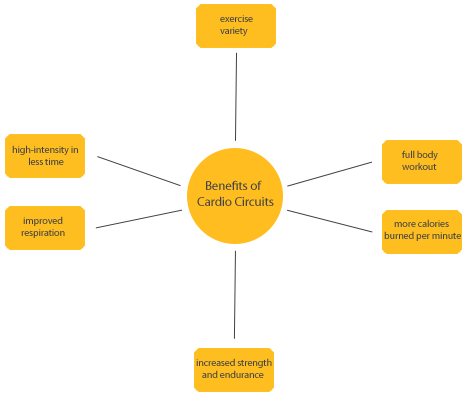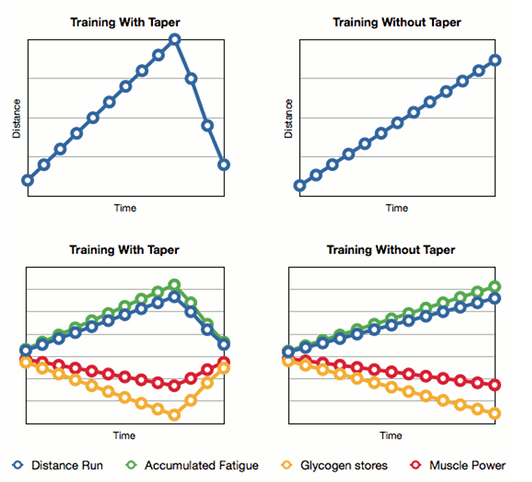Heat Training – The Basics
Most runners would probably agree that there’s nothing worse than training under very hot and humid conditions. Yet, a lot of races take place in the fall, which means, you have to do the bulk of your training in the middle of the summer. And it’s pretty difficult to enjoy running in the heat. If you’re like me and you run with a HR monitor, then you already know that your HR jumps as the temperature outside increases. Throw in some hills or your occasional tempo run at the same time and running outside is suddenly a very unpleasant proposition. Last week, I struggled completing a 5.5 mile training run in 89°F and 90% humidity – my HR sat just under 188 BPM (that’s pretty much my average under race conditions!)
The sooner you start sweating, the sooner your body can work on regulating your core temperature.
I really wanted to get a better understanding of what happens physiologically when runners train in the heat. So I did some digging around in Runner’s World, Running Times Magazine, and the Journal of Athletic Training, and here’s what I found.
- During intense aerobic exercise, our core temperature naturally increases. The hypothalamus (an autonomous regulator) picks up the temperature increase and reacts by increasing blood flow to the skin.
- The increased blood flow stimulates our sweat glands and the evaporation of our sweat is meant to help us “cool down”. But, when the ambient temperature is too high, we end up sweating at a faster rate than we can cool down.
- This is where dehydration comes in. According to one particular study, reduced overall water volume in the body results in “reduction in central blood volume” and the heart compensates for this by trying to pump more blood into circulation, which is why our HR goes up while training under hot conditions.
So how does this information help me? Well, we know that sweating is supposed to be a good thing. Apparently, individuals who are very fit (or are used to warmer weather conditions) have a lower core temperature threshold. That means that they sweat more earlier on and generally sweat twice as much as an average person. And that’s a good thing! (I think) The sooner you start sweating, the sooner your body can work on regulating your core temperature.
Another way of dealing with warm weather training is through acclimation. One of the sources I read indicated that training at a moderate or slow pace for 4-8 days ultimately results in a lower average HR than what you may have started with (assuming that ambient temperature stays about the same during these runs). Eventually, your body will gradually get used to it. Of course, you still have to take the necessary precautions!
For instance, hydrating before a run is always a good call. Here’s a “Lab Report” article from the Running Times that has a great section on preventing dehydration. Dress for the heat and carry a water bottle.
If you feel like geeking out, check out these awesome sites and articles I read, which go through the scientific and mathematical details:
- Perspiration Cooling of the Body
- Thermoregulation – this was actually written for aquatic exercise, but same basic principles
- Influence of Hydration on Physiological Function – made me miss being an NYU student



